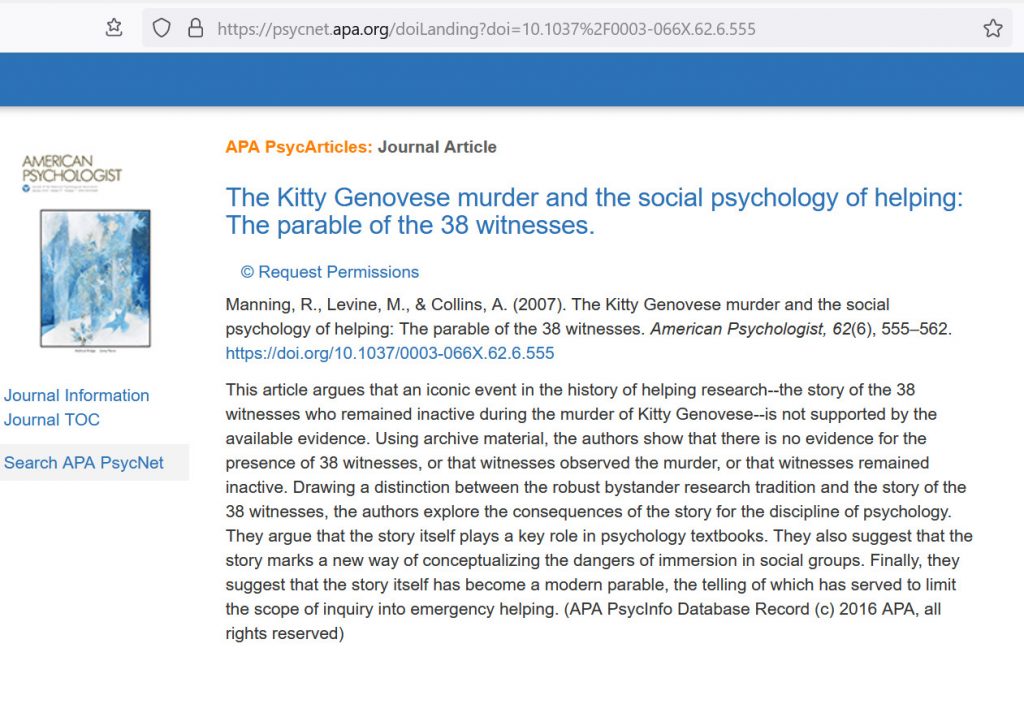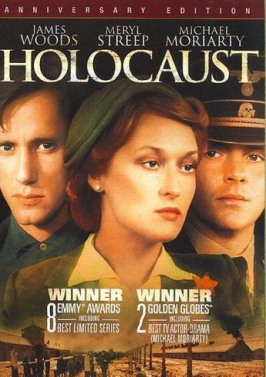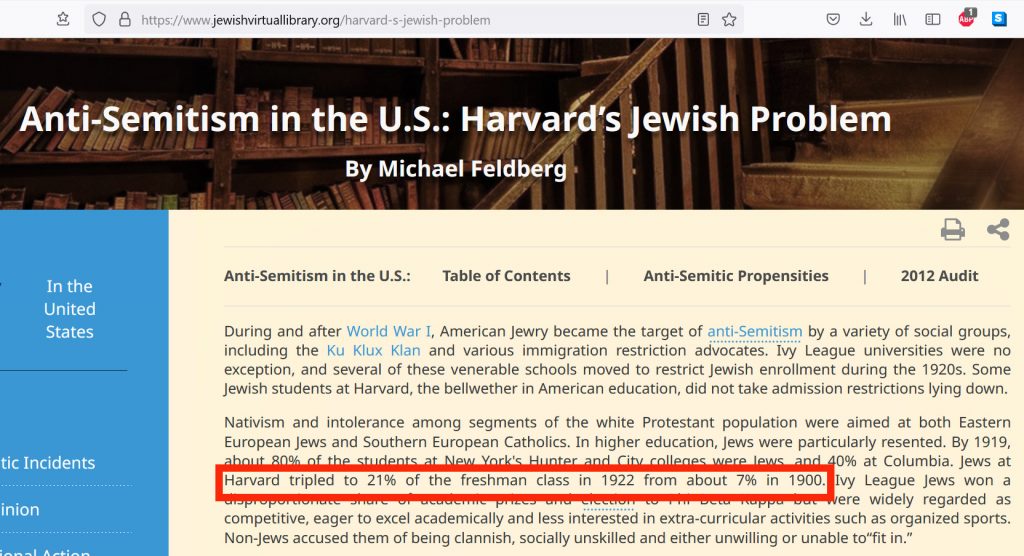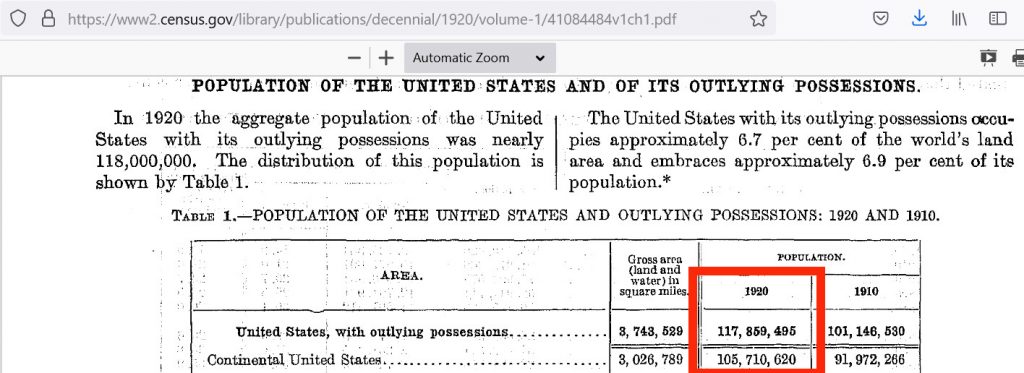The Gray Lady Winked: How the New York Times’s Misreporting, Distortions, and Fabrications Radically Alter History
by Ashley Rindsberg, Mark Crispin Miller (Foreword)
Midnight Oil Publishers (URL: https://midnightoilpublishers.com/)
May 3, 2021
First Edition
283 pages, including Notes and Bibliography (no Index)
My Rating: 3/5
The New York Times is arguably the most influential newspaper in the world. Its’ uncritical repetition of government and Democratic Party propaganda regarding the COVID-19 pandemic and lockdowns has drawn critical attention to its news reporting as never before in US history. Ironically, former Times reporter Alex Berenson has become a leading critic of the government’s often changing COVID and lockdown claims as well as the Times dubious reporting.
The Gray Lady Winked attempts to be a comprehensive expose of controversial and clearly inaccurate, even fraudulent news reporting by the paper dating back to its coverage of the Nazis and Stalinist Russia in the early 20th century. Although the New York Times has long been criticized by many, this appears to be the first attempt to cover the controversies and scandals in a single book — an audacious and difficult undertaking given the scope of the New York Times news reporting.
The Gray Lady Winked is a short book with ten chapters, each covering a controversial news story: the Nazis, the Ukraine famine under Stalin, the Times muted coverage of the Holocaust despite or perhaps because it was a Jewish newspaper, Herbert Matthews glowing coverage of Fidel Castro, David Halberstam and Neil Sheehan’s questionable reporting from Vietnam, the early coverup of radiation sickness in Hiroshima and Nagasaki by the US government and the Times working hand in hand, the controversy over the death of Muhammad al-Durrah — a ten year old Palestinian boy shot during the early days of the Second Intifada in 2000, the Times questionable and inaccurate reporting after September 11 and on the elusive Weapons of Mass Destruction (WMD), questionable reporting on an alleged epidemic of violence by veterans of the Iraq II and Afghan wars, and finally the super-controversial 1619 Project with its dubious claims the American Revolution was fought to preserve slavery.
Each of these chapters covers a complex topic that could be and in many cases has been covered by entire lengthy books, some of which are used as references. The Gray Lady Winked skips other scandals and controversies such as the infamous Kitty Genovese murder Times reporting which falsely portrayed an entire neighborhood — thirty-eight people — watching a young woman raped and murdered from their apartment windows without calling the police and the controversies over Raymond Bonner’s reporting on El Salvador in the early 1980s.

https://psycnet.apa.org/doiLanding?doi=10.1037%2F0003-066X.62.6.555
I felt the book’s driving agenda and goal is to criticize and discredit the Times reporting on Israel, specifically the conflict between Israel and the Palestinians, where the heavily Jewish Times is accused of a pro-Palestinian bias if not a sinister agenda. In particular, coverage of the death of Muhammad al-Durrah and the Second Intifada by then Times Jerusalem Bureau Chief Deborah Sontag and her husband Walter Orme come in for heavy criticism.
Ashley Rindsberg lives in Israel with his family according to the book and presumably is an Israeli citizen. To this end, the book collects many historical episodes of questionable or false reporting by the Times to discredit its coverage of Israel: see they have done it to many others and could do it to you too dear reader.
I found some of the arguments emotional and unconvincing, notably in the chapter The White Taffetta Gown: “People Who Happen to be Jewish” which covers the Times muted response to the Holocaust. The phrase “white taffetta gown” is drawn from glowing Times coverage of the marriage of publisher Arthur Hays Sulzberger’s daughter Marian to Orvil Dryfoos on July 8, 1941 even as the Nazis were massacring Jews in Ponary, Poland.
The Nazis and the Holocaust are a touchy and emotional topic, especially for Jews. It is usually difficult to challenge arguments that invoke the Holocaust.
The chapter argues that anti-semitism was rife in the US and in heavily Jewish New York City in 1941. Rindsberg seems to blame the Times downplaying of the Jewish origin of the Sulzberger family and many, many Times reporters both on fear of anti-semitism and on the “assimilationist” views specific to German Reform or Conservative Jews such as the Sulzberger family. The book seems to argue that the Times should have loudly announced their Jewishness, lead the charge to publicize the Holocaust — with no certainty this would save a single life and no fear of losing the Times vast influence in the US and the world in the face of the alleged pervasive, deep rooted anti-semitism in the US.
There are a number of problems with these arguments. Many Jews, not just German Reform/Conservative Jews like the Sulzbergers, downplayed or disguised their Jewish origins at the time. Many of these Jews — in Hollywood for example — were Eastern European, Polish, Lithuanian, Latvian, Ukrainian, etc. in origin and not German.

Indeed the Holocaust did not become a pop-culture phenomenon in the US until the 1970s. Although the Nazis were almost always portrayed as monsters, heavily Jewish Hollywood largely steered clear of the Holocaust and specifically Jewish issues in movies and television prior to the 1970s, portraying the Nazis as an insane threat to everyone which was the US government line during World War II.
For example, the IMDB list “The 50 Most Moving Holocaust Films” lists only seven (7) movies before 1970 with only three (3) from the United States (Hollywood): The Diary of Anne Frank (1959), The Pawnbroker (1964), and Judgment at Nuremberg (1961). The floodgates opened in the late 1970s with the NBC Holocaust TV miniseries (April 16-April 19, 1978) with an estimated 120 million viewers, as well as other videos and books such as Ira Levin’s techno-horror Joseph Mengele book and movie The Boys from Brazil.
Outside of big cities such as New York most Americans had probably never even encountered a Jew (“Rindsberg”) or “a Person Who Happens to Be Jewish” (“Times Assimilationist”) — might well have thought them to be ancient history or a myth found only in the Bible. It is not clear how most Americans in 1941 would have responded to a loudly, militantly Jewish Hollywood or New York Times.
How rife was antisemitism in the US, let alone heavily Jewish New York City in 1941? One of the remarkable aspects of the 1920s and 1930s was how many Jews, either immigrants or the children of immigrants mostly from Eastern Europe, were somehow admitted to the top Ivy League universities such as Harvard, Yale, and Princeton during this period. The Jewish Virtual Library for example claims that twenty-one percent (21%) of Harvard’s 1922 freshman class were Jewish. https://www.jewishvirtuallibrary.org/harvard-s-jewish-problem

According to the Jewish Virtual Library, there were 3.3 to 3.6 million Jews in the United States in 1920.

According to the 1920 US Census, the total US population was 105 million (117 million with outlying possessions).

Jews constituted about 3.4% of the US population in 1922, but 21% of the freshman class at Harvard, the premier educational institution of the ruling elite from which eight US Presidents have earned degrees: John Adams, John Quincy Adams, Rutherford B Hayes, Theodore Roosevelt, Franklin Roosevelt, John F. Kennedy, George W Bush, and Barack Obama.
This heavy representation of the tiny US Jewish minority predates the reforms that created the SAT tests to recruit some mostly middle class students from across the country and more diverse backgrounds. Readers may have heard of the quotas to limit the fraction of Jews in Ivy League schools at the time, but as with the 15-20% Asian quota practiced by these schools today, these quotas were much larger than the percent of Jews in the general US population then or now.
Jewish sources usually credit the unusually high representation of Jews, a tiny minority, in Ivy League colleges such as Harvard during the 1920s and later to “merit,” but…
The Ivy League schools at this time were far from the modern ideal of competitive, meritocratic higher education. They derived most of their students — with the apparent exception of Jews — from elite prep schools often modeled on the English “public schools” such as Eton and Harrow that prepared students for Oxford and Cambridge. This was the heyday of Anglo-American (WASP) elitism. This meant the entire graduating class from elite prep schools such as Philips Exeter, Philips Andover (George H.W. Bush and George W Bush’s alma mater), Groton (FDR’s alma mater), and others, would go to one of the Ivy League schools. These were nearly all the children of wealthy, often politically connected white Anglo-Saxon Protestants.
Other groups such as Irish Catholics had great difficulty getting into these top schools. Joseph Kennedy, the President’s father, was able to get into Harvard, but this was almost certainly because his father was the boss of the Democratic machine in Boston and Harvard had to keep the city government happy. One could go on in this vein for some time. Rife with anti-semitism?
The Gray Lady Winked is useful as an attempt, probably the first attempt to give a comprehensive account of the history of questionable and indeed clearly false reporting in some cases on major consequential news stories and events by the Times. This is a huge subject and the chapters are often too short to adequately cover the complexities of the stories. The Jewish “inside baseball” and pro-Israeli bias detract from some parts of the book. A second edition might address some of these issues. At present it may be the best treatment of the New York Times history of errors and controversies.
(C) 2022 by John F. McGowan, Ph.D.
About Me
John F. McGowan, Ph.D. solves problems using mathematics and mathematical software, including developing gesture recognition for touch devices, video compression and speech recognition technologies. He has extensive experience developing software in C, C++, MATLAB, Python, Visual Basic and many other programming languages. He has been a Visiting Scholar at HP Labs developing computer vision algorithms and software for mobile devices. He has worked as a contractor at NASA Ames Research Center involved in the research and development of image and video processing algorithms and technology. He has published articles on the origin and evolution of life, the exploration of Mars (anticipating the discovery of methane on Mars), and cheap access to space. He has a Ph.D. in physics from the University of Illinois at Urbana-Champaign and a B.S. in physics from the California Institute of Technology (Caltech).

